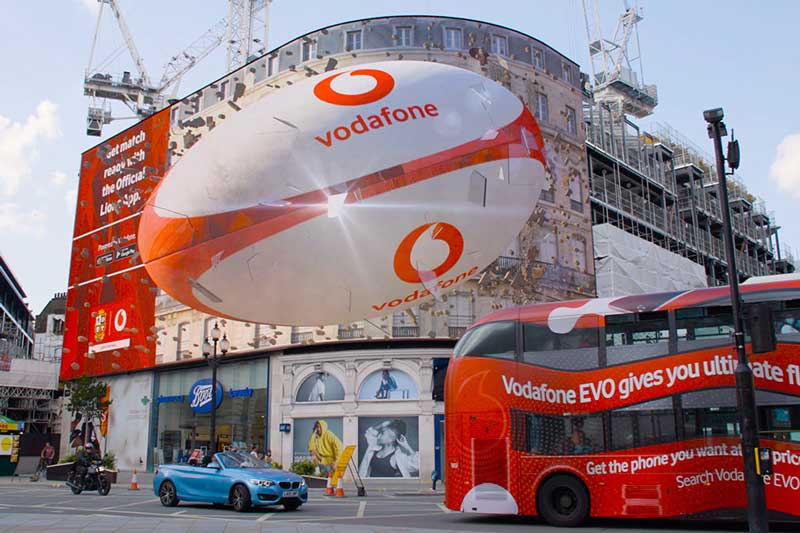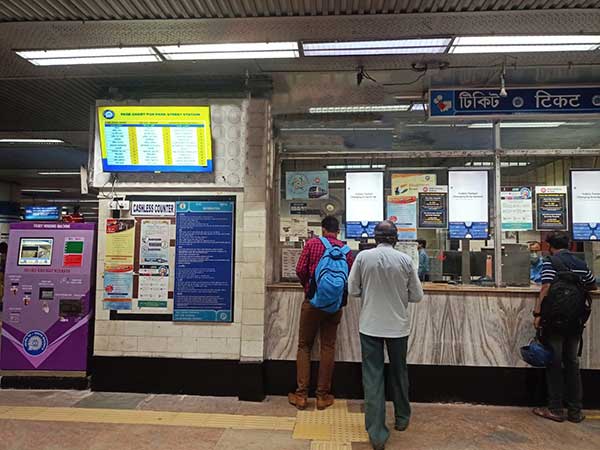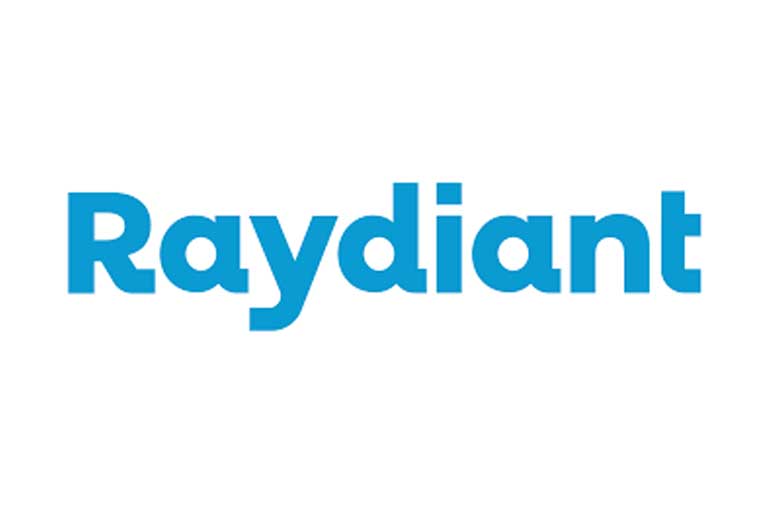With the installation of four large billboards featuring air purifying technology, London’s Marylebone Station is all set to turn into a clean air zone. The initiative is meant to create a cleaner environment for Londoners. The step was taken to commemorate United Nations World Cities Day (WCD). The billboards were designed by Airlabs – a team of atmospheric chemists and airflow engineers, who are focused to reduce air pollution.
The notable initiative turns conventional OOH advertising tool into a clean air emitting device that will help in curbing pollution in the surrounding areas, significantly improving air quality and turning the environment healthier to live and work in. The progressive movement has been led by BNP Paribas, in collaboration with Airlabs, Chiltern Railways, and JCDecaux.
Airlabs’ proprietary dual filter system was installed within the specially designed advertising units provided by JCDecaux, which removed particulate matter and nitrogen oxides from the air effectively. The technology provided by Airlabs is extremely flexible and can create clean air zones almost anywhere across a city.
This inspirational campaign is meant to fulfill three major objectives – increasing public awareness about the global issue of pollution, delivering cleaner air to the 14 million people visiting Marylebone station every year and providing a powerful communications’ platform to BNP Paribas.
There are 40 official air quality monitoring stations in London that only measure the air quality around them. However, the more important factor is whether the air that we actually breathe in throughout the day, while commuting, working or at home, is clean or not.
London’s air pollution had reached the upper limit set by the government in 2018. It is estimated that the lives of Londoners are cut short by 16 months owing to increasing pollution.
About 92% of the world’s population is exposed to unsafe levels of air pollution. The agenda behind these inventive installations is to draw attention to the increasing level of air pollution across global cities and to highlight the technology that can protect affected population living in cities and metros.










